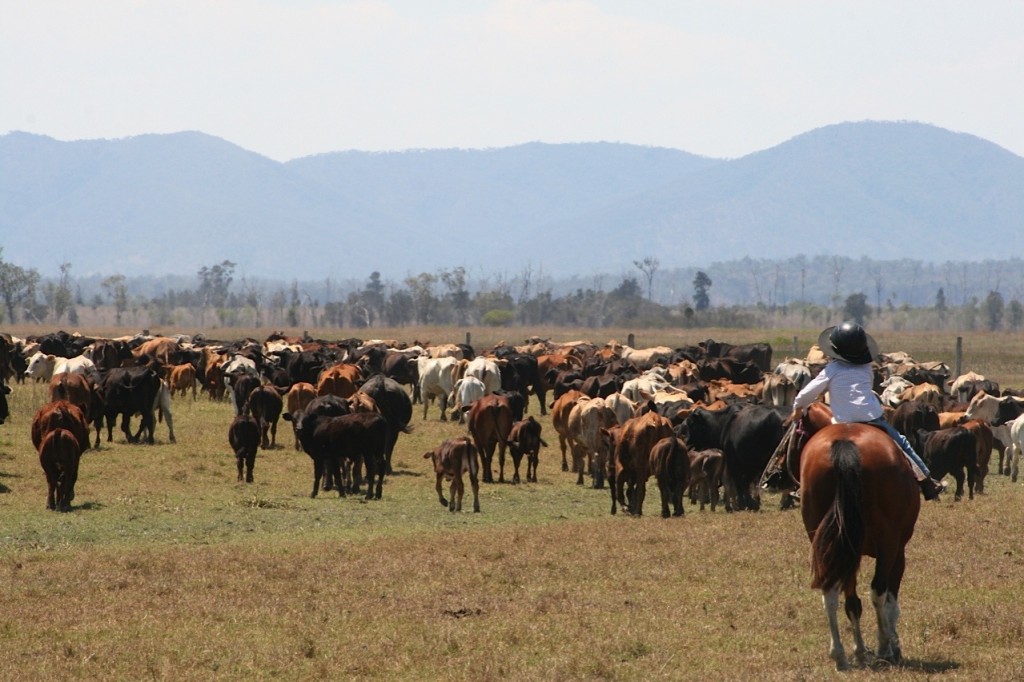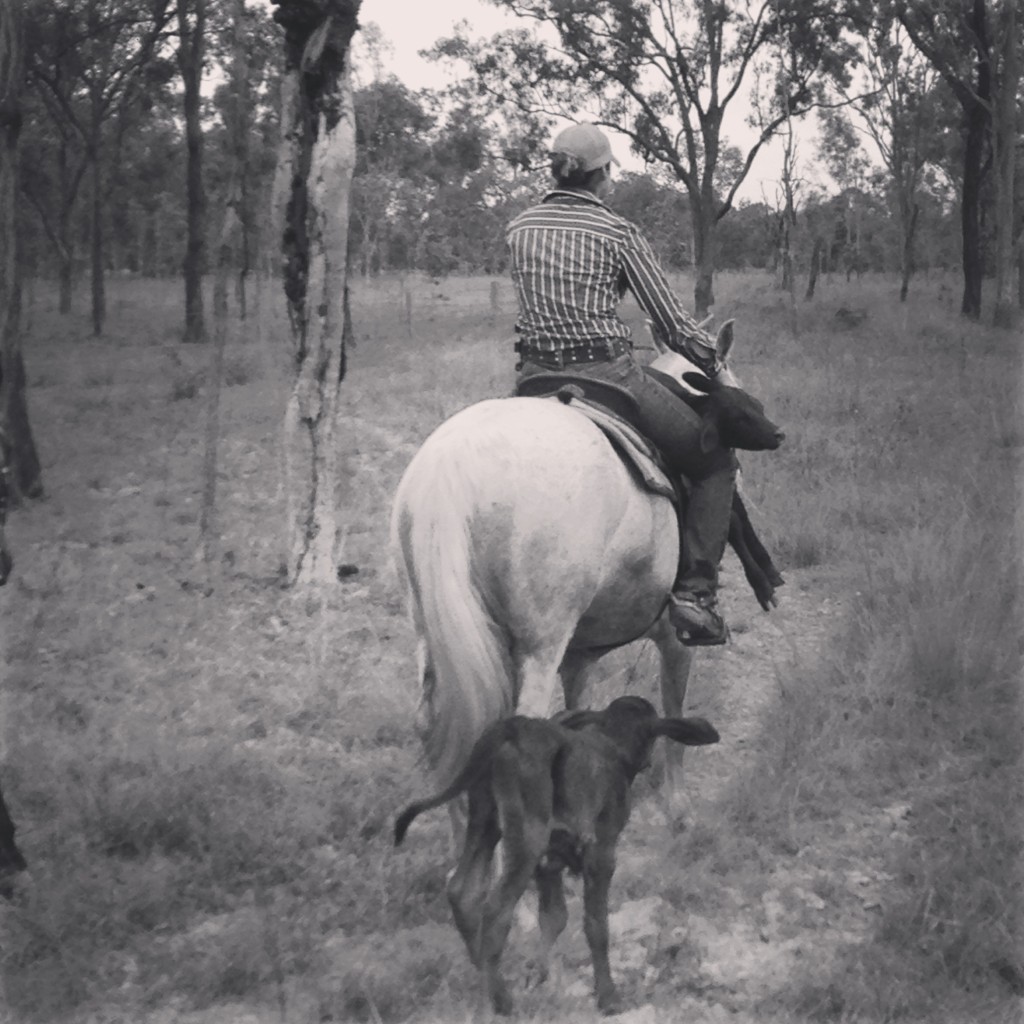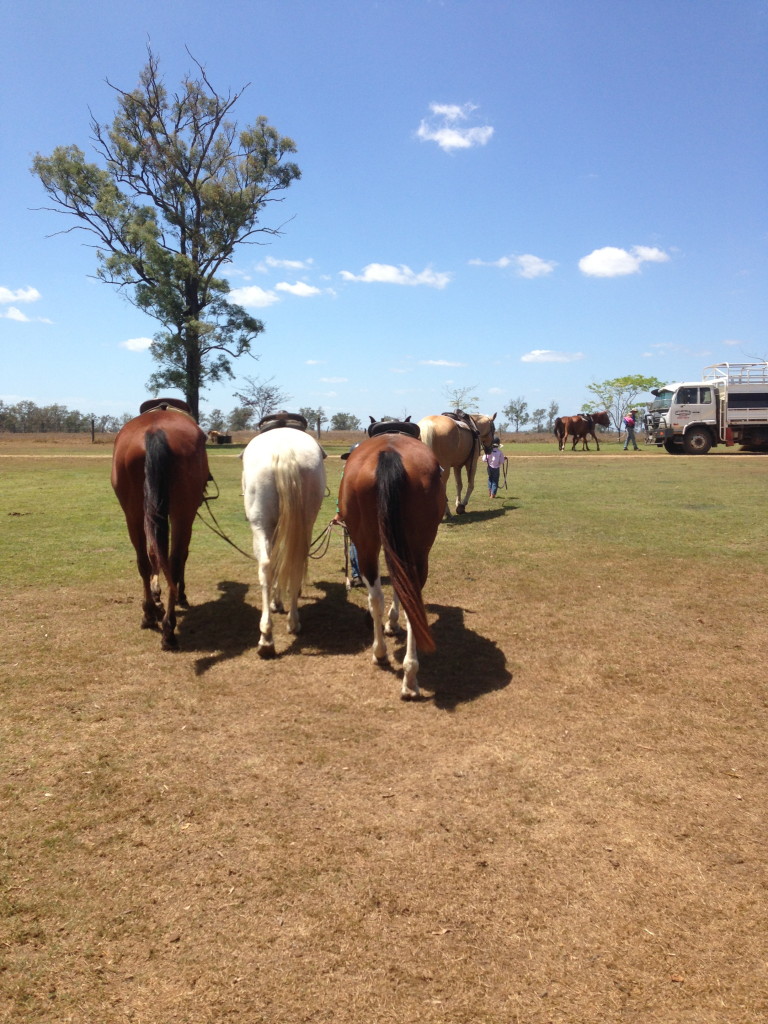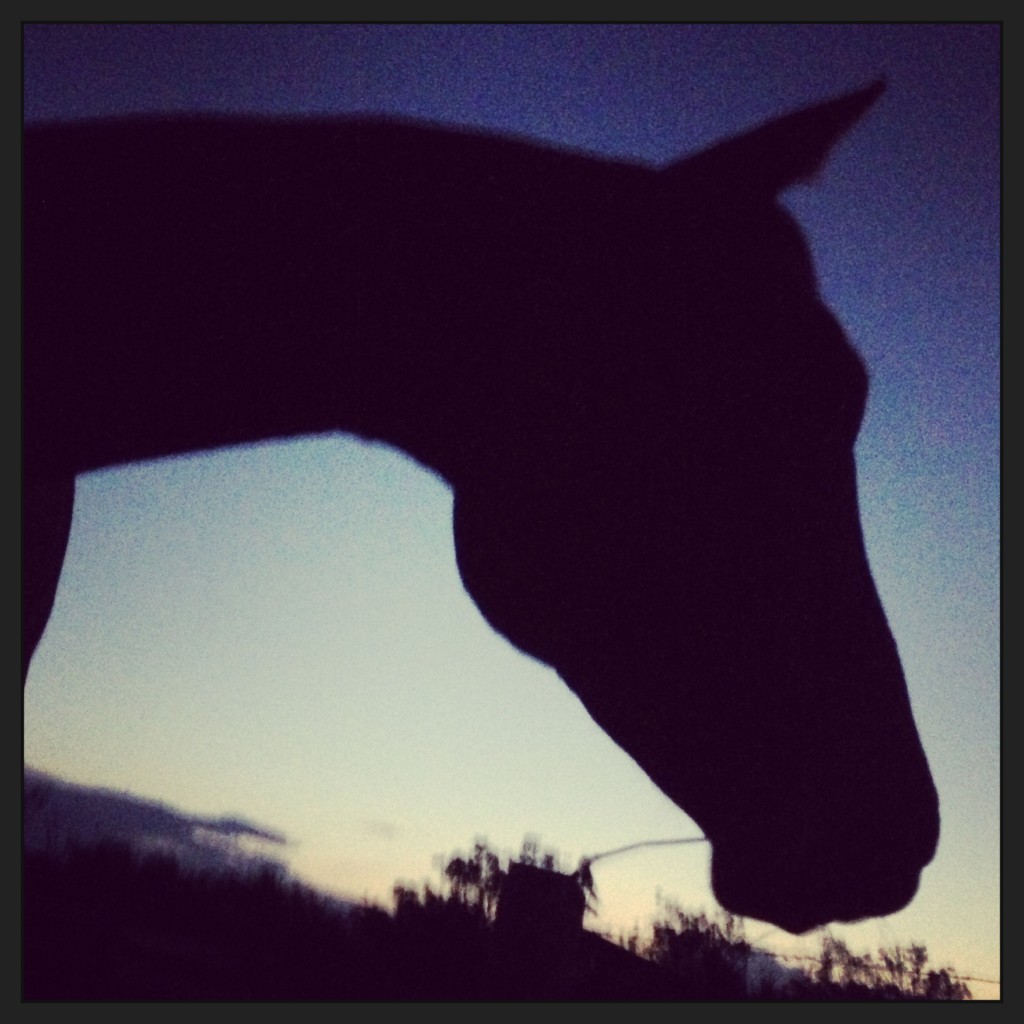Feeding for the upcoming breeding season
Host: Mystery Park
Written by – Tess Camm, Owner, Mystery Park.
With nine different mobs of cattle rotating through our cells (groups of paddocks dedicated to one mob), the grazing plan is always at the forefront of our mind. Nutrition underpins the performance of cattle, and we are paid in cents per kg of beef produced. Thus we are paid for our animals’ performance, whether it be the weight cattle sold to market or number of calves our breeders produce. Therefore providing our cattle with the best possible pasture is paramount.
Through rotational grazing we feel we are able to achieve this goal, but it sure keeps us on our toes! There are lots of cows in many a mob all rotating like clockwork. The effort pays off though.
This morning we caught and saddled horses and loaded them on the truck and headed for the mob of breeders. These are our gems, cows that go in calf every year and wean a live calf every Autumn. For this feat they earn the right to the best pasture.
 The cattle learn the ropes of rotational grazing quickly and move easily towards the gate where fresh pasture awaits.
The cattle learn the ropes of rotational grazing quickly and move easily towards the gate where fresh pasture awaits.
We try to do the majority of our cattle work on horseback, but will occasionally do smaller, easier shifts on a motorbike for convenience. With hundreds of baby calves at foot in the breeder mob, we chose horses today to cover the paddock thoroughly so no little babies missed the migration while taking a nap in the grass!
 These little babes needed a little help keeping up with the mob.
These little babes needed a little help keeping up with the mob.
These cows have been calving since early September, with the latest calves being born in December. Since a cow’s gestation period is around nine months, she only has three months to recover from calving and re-conceive in order to calve again next year. So in a few short weeks we will put the bulls back in the paddock for a 90-day period to breed next years calves.
There is a careful selection process that goes behind running a cow-herd that you can expect to calve annually, especially on northern Australian pastures. Over the years of selecting for the ability to raise a calf annually, we have noticed traits being selected for because of these criteria, and some traits (which obviously did not support this requirement for annual calving) have disappeared.
In a nutshell, our heifers must calve in their two-year-old year, if it takes them much longer than this they are generally a later maturing animal and will struggle to re-conceive, therefore we cull the animal from the herd as soon as they are preg-tested empty as a heifer. Additionally, at this time she has a secondary market available as a valuable beef animal while still being a heifer.
Nine months later she is expected to calve unassisted, natural selection in this instance is a harsh reality, but a long-term saviour, for heifer calves born from unassisted births are far less likely to have troubles calving themselves. Not only are cows culled if they are not reproductively sound enough to calve, they also must be able to feed a baby calf unassisted to earn the next year in the top paddock.
As the cow lactates, she inevitably drops in weight as she puts her ‘working pants’ on and feeds an ever-hungry calf. Though in order to be a viable beef animal, she must be capable of staying fat enough to re-conceive with her next calf. We notice animals fail to meet this requirement if they are too large and therefore high maintenance, or if they are too small natural selection will trim them from the herd. Adaptability to the environment, natural doing ability of the cow and temperament are all traits that play a role in a cow’s ability to calve annually too.
It’s all about balance and is absolutely necessary to remain a viable beef breeding operation. It just makes evolutionary sense.
As for me, it’s time for this cowgirl to hang up her spurs and board the plane back to my Uni life in Brisbane.
 Goodbye hugs as Tess returns to Brisbane.
Goodbye hugs as Tess returns to Brisbane.
Thank you all for following our journey this week, and I encourage you to keep up to date with us at ‘From the Verandah’.


